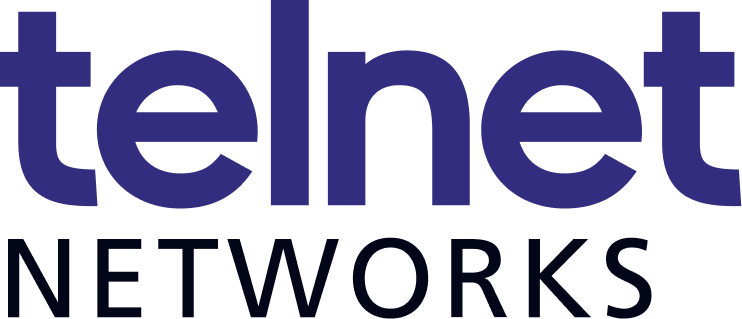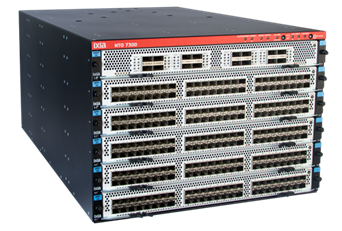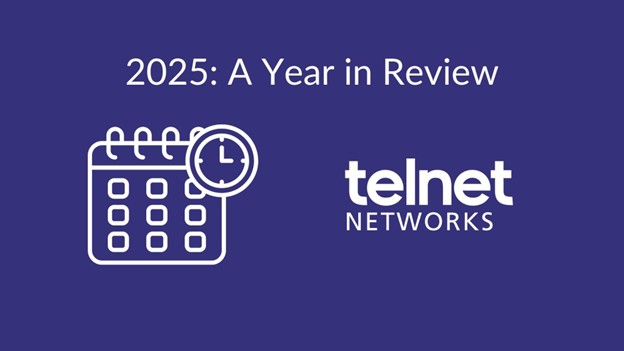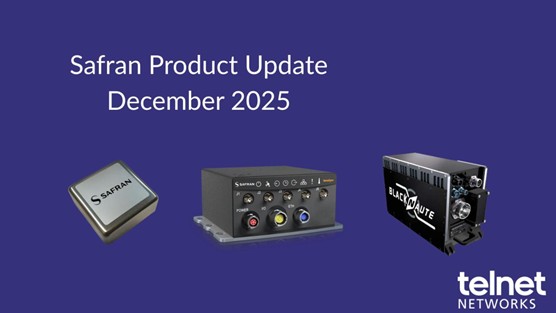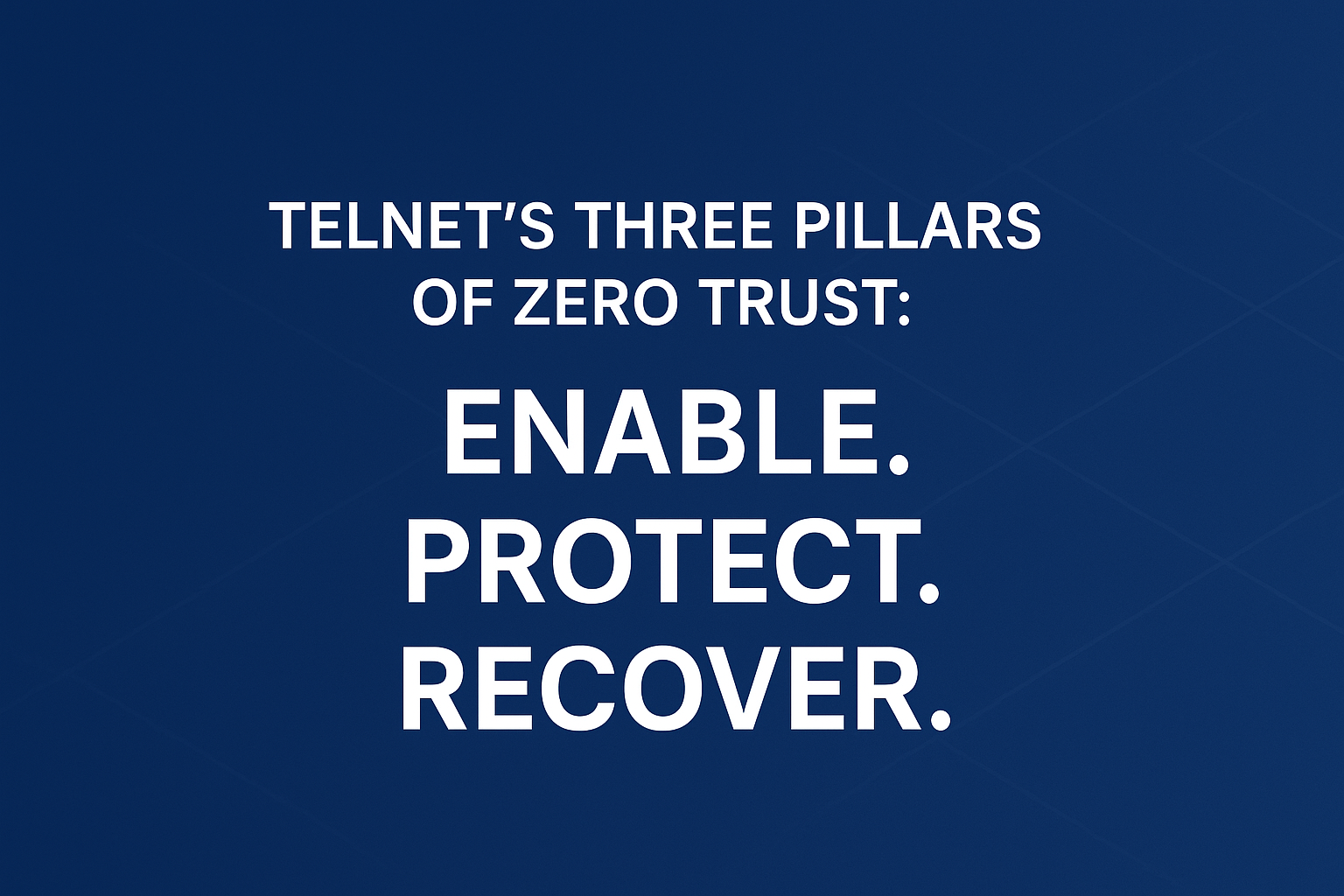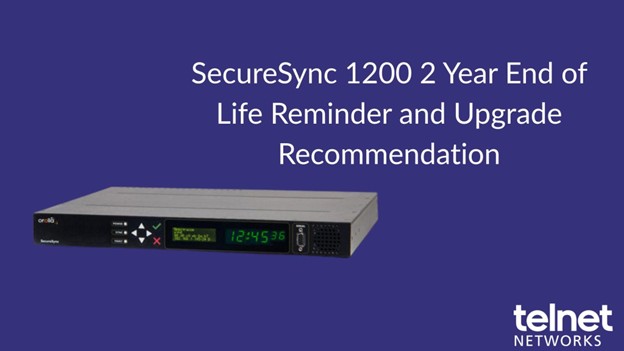A Corporate Conundrum
With possession being 9/10th of the law, the bring your own device (BYOD) trend creates a conundrum for enterprises. BYOD is the policy of allowing employees to bring personally owned mobile devices to their place of work and use them to access company resources such as email, file servers, and databases. It is also fairly common to mix personal and professional data on single device or across multiple mobile options.
BYOD is becoming increasingly prevalent in enterprises, as employees enjoy using their familiar technology of choice over corporate-mandated equipment. But since employees actually own the devices they’re using to perform corporate work and send or receive business-related communications, how can IT control the security and performance of corporate applications and assets?
There are more questions than answers currently as IT struggles to deal with the impacts of BYOD. The move away from standard, corporate-controlled endpoints is fraught with peril.
BYOD Challenges
- With employee-owned devices, the amount of control IT has over the endpoints is a gray area. Can they monitor it, or does monitoring violate employee privacy? Can they take actions to protect the device without employee permission?
- Privacy rights of the employee are extremely sticky when dealing with BYOD, especially in certain parts of Europe where employers are subject to strict privacy laws.
- When an employee-owned device is lost or stolen, does IT have the right to remotely wipe the device? What about personal data the employee has on the device?
- With BYOD, instead of IT worrying about one device per employee, a single employee might use 2-3 or more devices to access corporate resources.
- It should be assumed that BYOD endpoints are security risks, due to a lack of corporate control over the devices.
- BYOD users expect the speed and performance they are accustomed to on their local desktops, so IT planning for sufficient capacity is key. SLAs must be defined for the BYOD infrastructure, as well as a centralized management capability.
- A successful BYOD strategy must also take compliance under consideration and build in the auditing and reporting capabilities that are crucial to compliance.
The Ixia BYOD Solution
The Ixia BYOD solution is an essential element of a BYOD strategy. We help enterprises planning or already maintaining BYOD by remediating security and performance impacts on corporate networks due to uncontrolled endpoints.
With Ixia’s BYOD solution, you can monitor the corporate network actively, with no sacrifice of network access for your security and performance tools. Our BYOD line:
- Protects corporate IT assets responsibly
- Aggregates, filters and replicates traffic so all security tools get the right data
- Increases monitoring tool performance and improves tool accuracy
- Speeds incident remediation, delivering granular access control to network data and automated responses for adaptive monitoring when anomalous behavior is detected
- Reduces exposure of sensitive data with filtering and stripping capabilities
Ixia enables the real-time monitoring to address critical business needs at gigabit speeds, while providing insights and analysis on a sub-minute level. We provide the application-specific intelligence that’s critical to timely root cause analysis for BYOD security—including identification of actual user names, individual VoIP calls, and deep visibility of email traffic. With a near real-time and historical view of key performance indicators (KPIs)—including traffic volume, top talkers, application and network latency, and application distribution—IT can monitor bandwidth usage and acquire needed information to quickly resolve application performance issues. IT can also perform capacity planning and trend analysis to see how the BYOD program affects the baseline of network resources.
Related products
 |
 |
|
Net Tool Optimizers |
Net Optics Network Taps |
Thanks to Ixia for the article.
